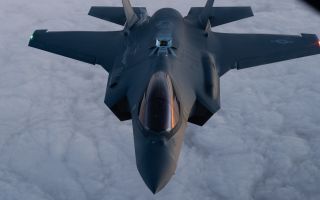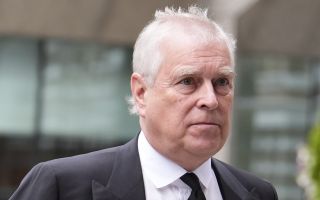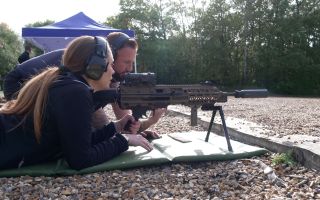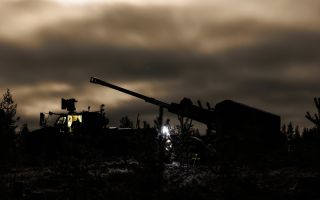
Kazakhstan: All you need to know about the country in crisis

Since independence from the Soviet Union in 1991, Kazakhstan has experienced remarkable economic growth.
For the past 30 years, it was ruled by Nursultan Nazarbayev – a Soviet-era politician who had formally resigned as president in 2019 but remained at the helm of power.
In the first month of 2022, riots due to the sudden rise of fuel quickly escalated to wider protests against government corruption that were met with violence.
Where is Kazakhstan?
Kazakhstan is a huge country, 11 times the size of the United Kingdom, located in central Asia. The country shares its borders with Russia to the north, China to the east and Kirgizstan, Uzbekistan and Turkmenistan to the south.
Being a landlocked country, thousands of miles away from the ocean, Kazakhstan has a typical continental climate with cold harsh winters and sweltering summers.
Nearly half of Kazakhstan's western border is on the inland Caspian Sea. It also shares access to the Aral Sea with neighbouring Uzbekistan.
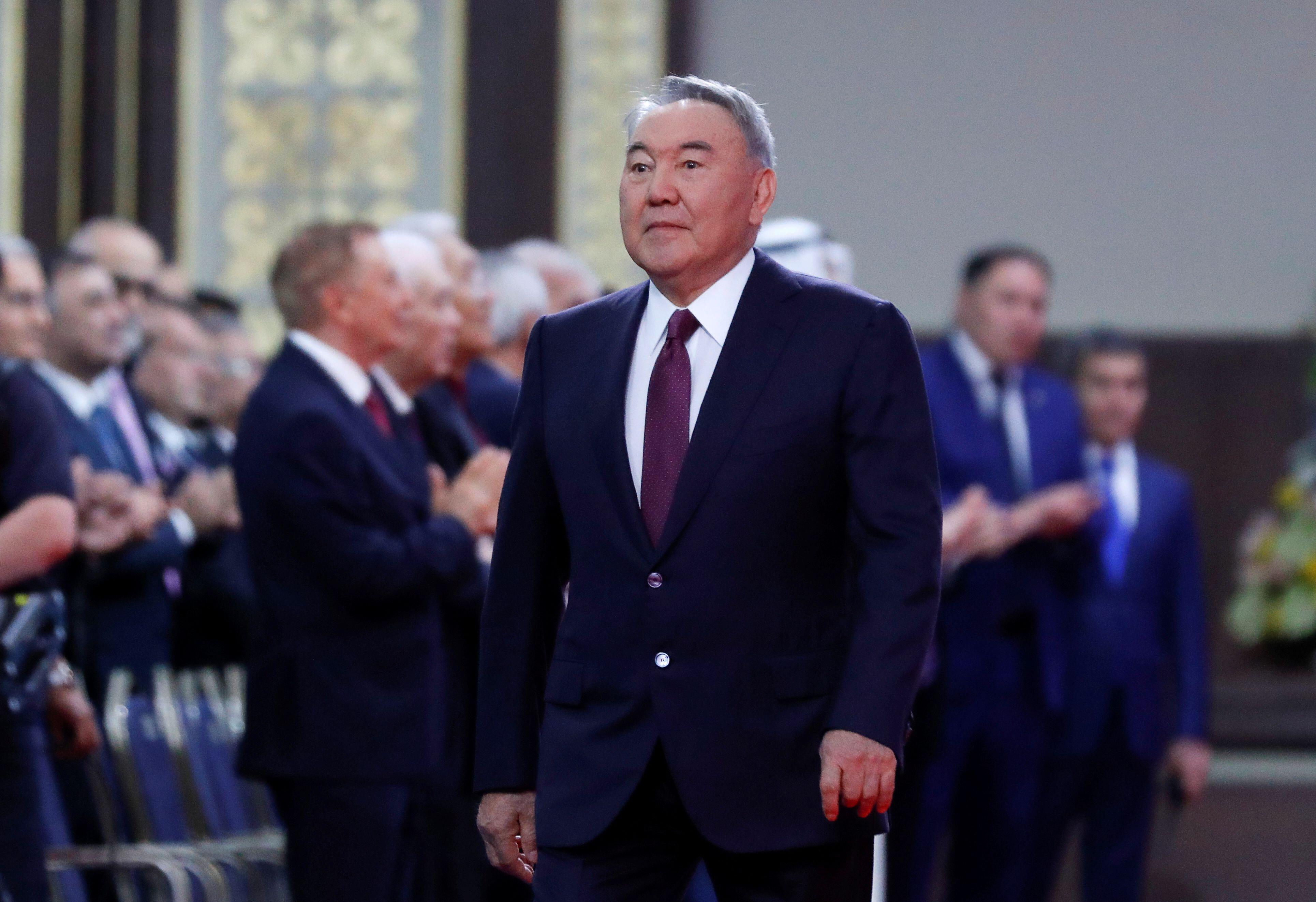
What is the population?
Despite its immense size, the population of Kazakhstan is relatively low. As of 2022, it was recorded as 19 million.
The most populated city is the former capital Almaty which has two million residents.
The population is young, with the median age being 30.7 years.
At 73.9, the life expectancy in Kazakhstan is one of the highest in the region.
What is the GDP?
Kazakhstan's gross domestic product is £125bn.
Since the collapse of the USSR, the former Soviet Republic has seen rapid economic development; today its economy is the largest in Central Asia.
The country is rich in oil reserves, as well as minerals and metals, making the economy highly reliant on natural resources.
Since independence, it has seen a steep decline in heavy industry. The agricultural output, however, has remained strong and has been growing each year, mostly due to vast steppe lands that are good for both grain and cattle.
Language
Kazakhstan is a multiculturally diverse country with 130 ethnic groups living on its 2.72 sq km.
There is a large Russian minority living in Kazakhstan – about 20%.
Kazakh is the national language of the state, while Russian is also an official language. Both languages are used on equal grounds.
Out of the 15 former Soviet Republics, only Kazakhstan, Kyrgyzstan and Belarus have retained Russian as an official language.
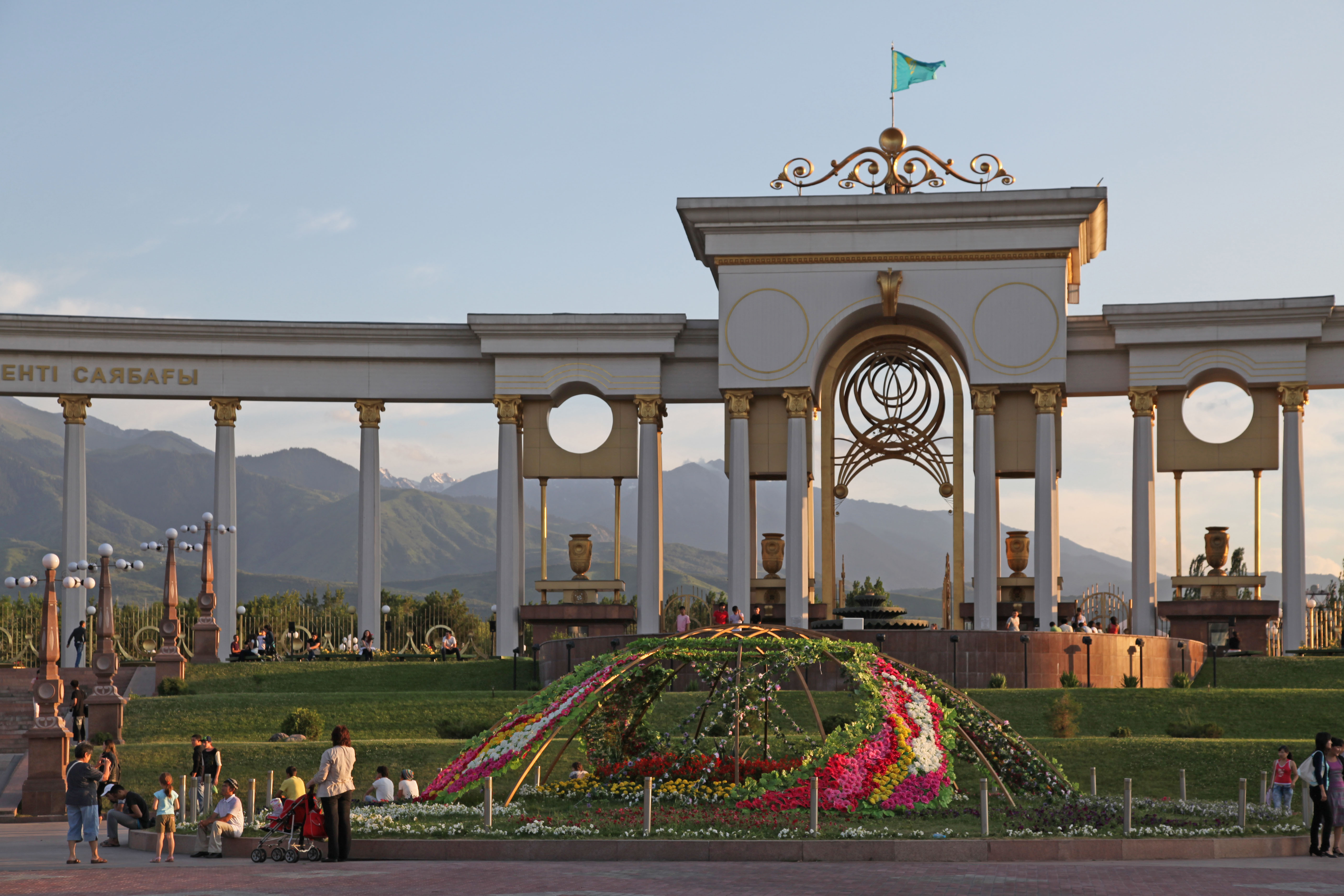
Does Kazakhstan have a space programme?
From the beginning, the Soviet space programme was based out of the Baikonur Cosmodrome in southern Kazakhstan.
The spaceport was established by the Soviet Ministry of Defence in 1955 and has remained under Russian control since the dissolution of the Soviet Union.
The Cosmodrome helped Russia win the space race, as it was the first spaceport for orbital and human launches.
It is currently the largest (in terms of area) space launch facility in the world and is leased to Russia until 2050.
One of CSTO troops' missions while quelling civil unrest in Kazakhstan was to secure the Cosmodrome.
The latest tensions
A wave of violence hit the country following the announcement of a fuel price hike. The discontent quickly turned into protests against government elitism and corruption.
So far, 44 deaths have been recorded.
Troops from neighbouring countries, including Russia, were sent on request of the government to restore order.
Almaty, the country's former capital and biggest city, experienced a five-day internet blackout.
The situation has stabilised, however, a state of emergency and a nationwide curfew remain in place.
What is the Collective Security Treaty Organisation (CSTO)?
The CSTO is an intergovernmental military alliance made up of post-Soviet countries.
The organisation that was created after the collapse of the Soviet Union currently has six member states – Russia, Kazakhstan, Kyrgyzstan, Tajikistan, Belarus and Armenia.
It explains why Russia, along with the other member states of CSTO, was able to rapidly offer and then deploy military support to Kazakhstan.

